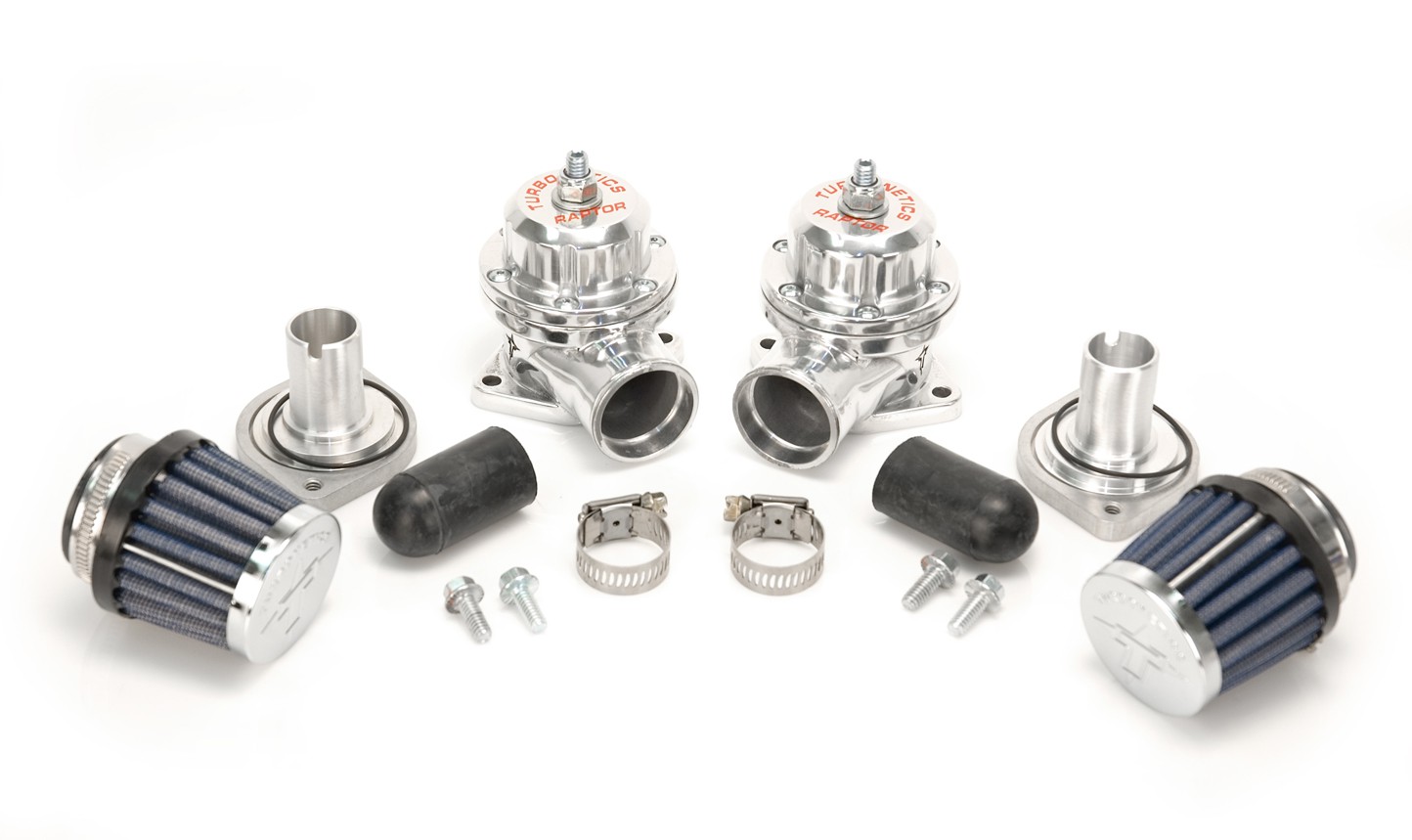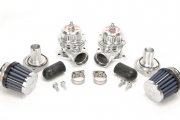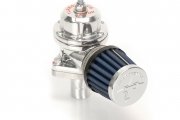BMW 335i Turbocharger Blow-Off Valve (BOV) Kit from Turbonetics
Turbonetics introduces compressor anti-surge and turbocharger protection for the BMW 335i coupe and sedan. Designed to minimize wear on the internal bearings of the turbochargers and provide increased throttle response, the 335i BOV kit combines increased durability and performance.
BMW owners have always understood the link between form and function. Just like the factories the vehicles come from aftermarket parts need to live up to design and performance. The Turbonetics 335i BOV kit surpasses both standards. As today’s cars become more and more finely tuned to wring every last bit of performance and fuel economy, certain parts are called on more than others. The forced induction system on the 335i’s N54 engine platform is pushed to greater limits with small twin turbochargers come from the factory running higher than average boost levels. With higher boost comes added stress on the turbochargers rotating components. A well designed and efficient blow-off valve kit helps to alleviate unnecessary wear and strain on the turbochargers internal thrust bearings, turbine wheel shaft, increase lifespan and improve performance.
Turbonetics BMW 335i BOV Kit
Part Number: 11403
Kit features:
• Twin Raptor Blow-Off Valves easily handling 600+HP for maximum flow and efficiency
• High flow BOV filters to prevent particulate entry and noise suppression
• Polished aluminum BOV’s for high strength & clean looks
• Filters are removable for increased sound appeal
• Polished aluminum horns available separately
• Precision machined adaptor flanges to mount to factory positions
• All hardware, and accessories necessary for installation
Why are blow-off valves important? The turbocharger is moving large amounts of air while under boost, and this pressure is being delivered to the engine while the throttle is depressed. As soon as the throttle is lifted the butterfly closes in the throttle body preventing the pressurized air from entering the intake manifold. Because the engine is still moving exhaust gases and the inertia of the turbocharger is turning the turbine and compressor wheels, the air literally stacks up against the throttle blades. Pressure builds up within the system’s piping extremely quickly and once it reaches the compressor wheel the air actually flows back out of the compressor inlet and limits the compressor from rotating. Because of the air reversing direction the pressure drops allowing the wheel to spin and once again raise the pressure. This process of up and down pressure and air reversal is surge and the result is the fluttering/barking sound that comes from the turbo. Surge is very detrimental to the turbocharger, resulting in various stresses being placed on the unit. The compressor wheel has high loads placed on it as it tries to move against this wall of air, and as high pressure air finds its way behind the compressor wheel. Compressor surge can result in the compressor wheel spinning on the shaft, shaft breakage, bearings to have unnecessary wear and potentially create contact between the wheels and housings.
The compressor blow-off valve is placed after the intercooler and before the throttle body to help eliminate the pressurized air. Vacuum controlled, the BOV receives a signal from inside the intake manifold or just after the throttle body, pulling up on a diaphragm, causing a valve to open inside the unit. The pressurized air that is discharged is then routed back to the inlet of the turbocharger or vented to atmosphere protecting the compressor from surge and assisting in maintaining the speed at which the turbochargers wheels are turning improving throttle response and drivability.


